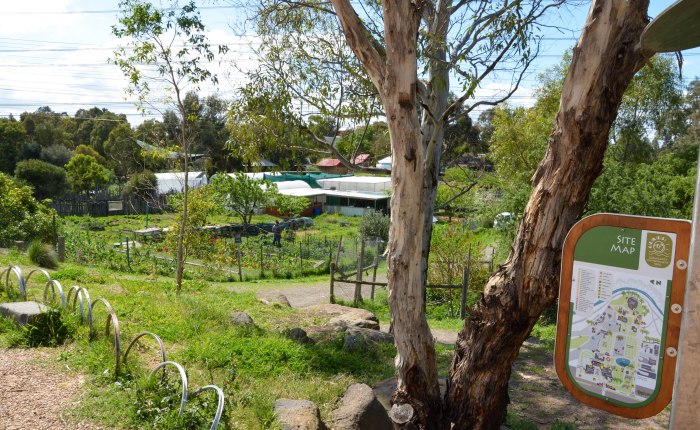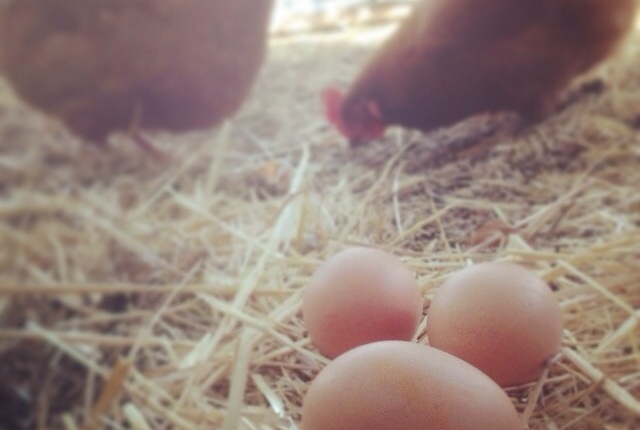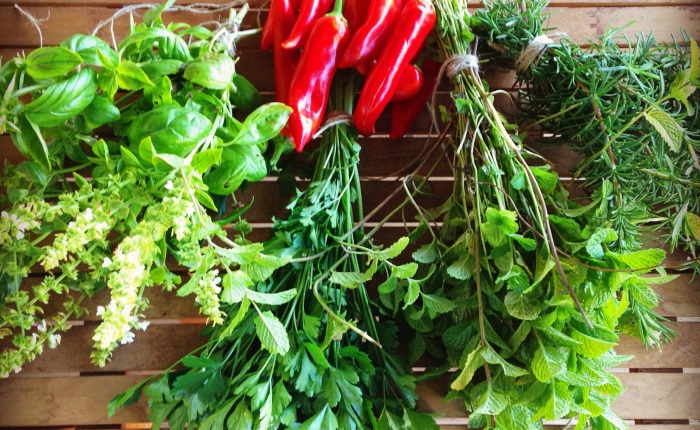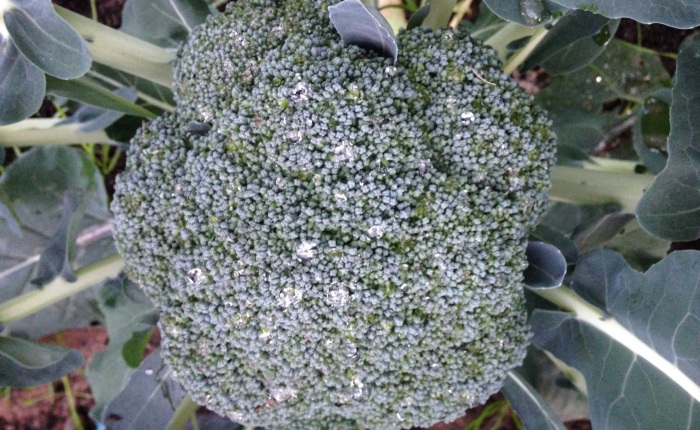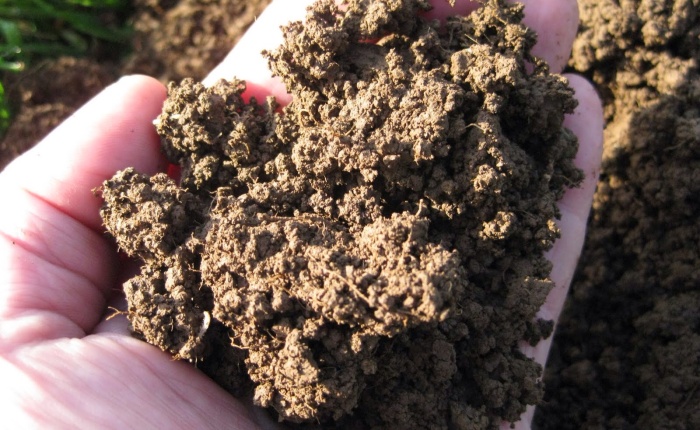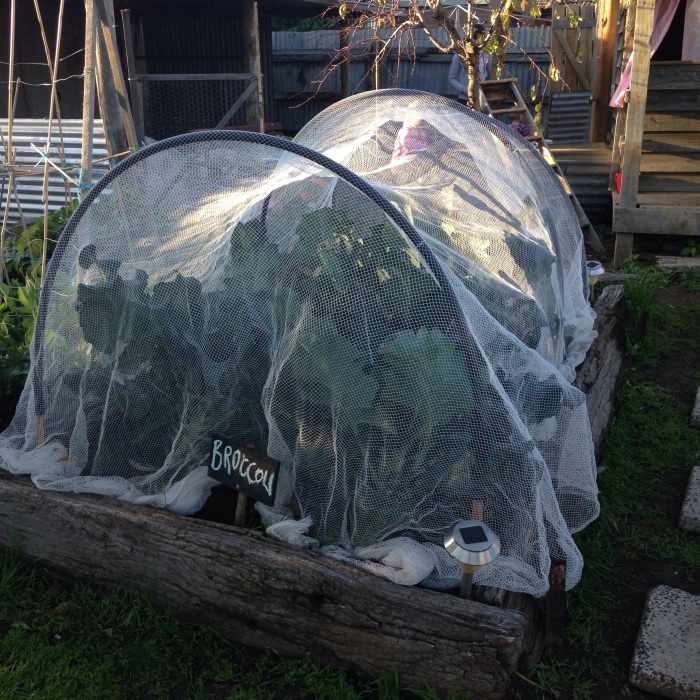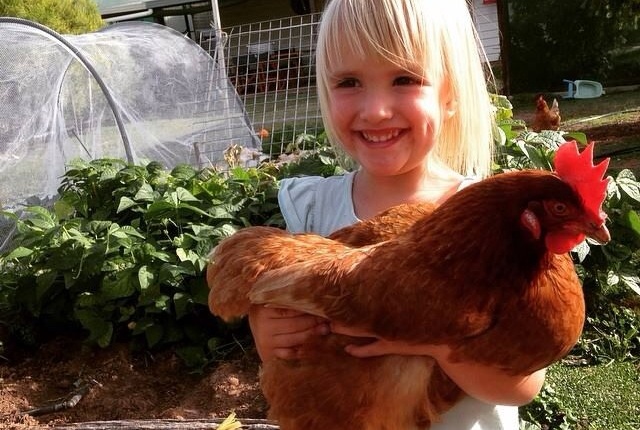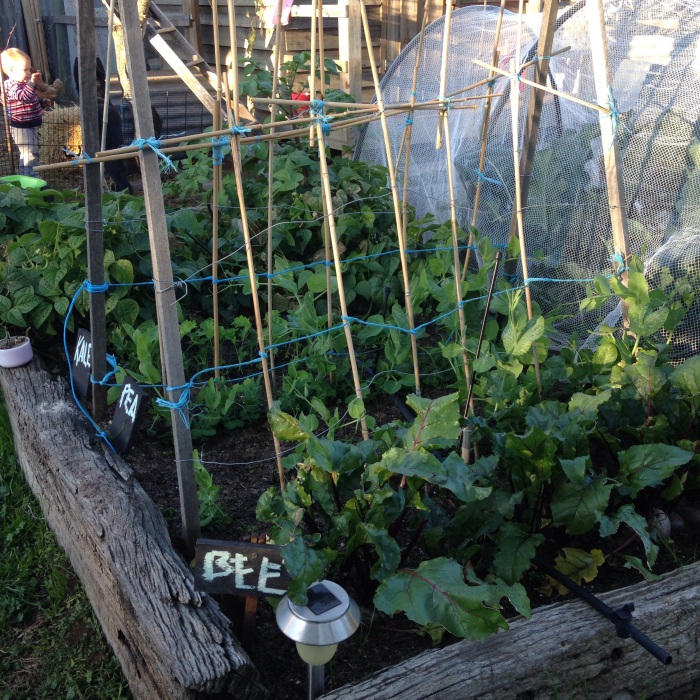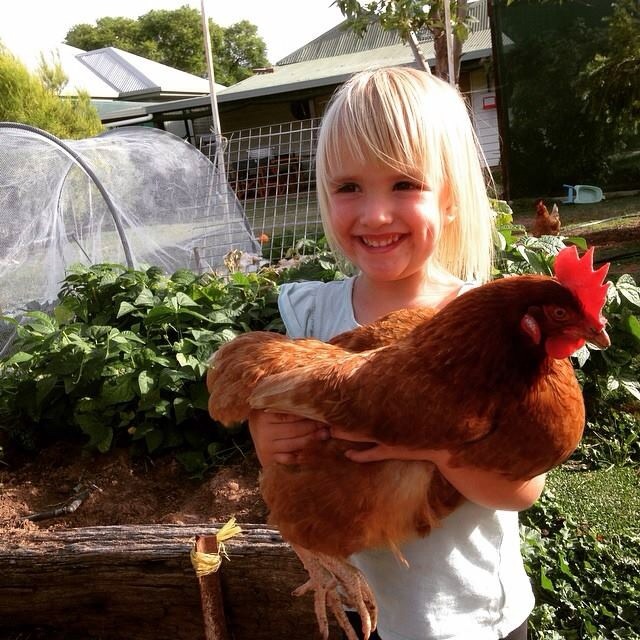One major issue disadvantaged and poor communities face around Australia is food insecurity. Generally speaking, the cost of living (particularly in major cities) is high and then the idea of buying fresh, organic fruits and vegetables is just not an option. This is particularly the case for those who are unable to work, have a low income, are unemployed or under employed.
One thing communities are doing to address food insecurity and disadvantage is helping people to grow their own through community gardens and backyard gardening initiatives. Community gardens can provide small quantities of fresh produce, at low cost, to communities suffering from food insecurity. They also allow people to learn how to grow food themselves, and when combined with a community kitchen they can teach people how to cook and eat seasonal, fresh produce.
They can also provide safe spaces of welcome and acceptance for people who are marginalized, unemployed, retired or lonely in the community, as well as providing a therapeutic and relaxing time in the garden which has been linked to better mental, physical and emotional health. Here is how one group is seeking to address food insecurity in a particular community in Melbourne Australia.
Putting Down Roots (Australian Red Cross gardening pilot project)
The Putting Down Roots project is in Melbourne Australia. It helps newly arrived asylum seekers and mirgrants learn organic gardening in their own backyards or a local community garden. Here is how the Red Cross project describe themselves:
Putting Down Roots is a gardening and food security program for vulnerable migrants. Run in partnership with CERES and Cultivating Community, the Australian Red Cross provides opportunities for participants to develop their sustainable gardening knowledge. Putting Down Roots increases the social and emotional well-being of participants and provides the means for participants to have additional access to fresh and nutritious food.
 Putting Down Roots, Melbourne AUS
Putting Down Roots, Melbourne AUS
Many asylum seekers in Australia not allowed to work which contributes to food insecurity as fresh produce becomes out of reach financially. Putting Down Roots seeks to tailor their project to individuals, helping them grow the types of food they want in the space they have. The local community too assist in donating plants and seeds for the project. This project is designed to sustainably address food insecurity among asylum seekers in Melbourne but it also provides a therapy for a community often suffering from mental health issues, grief and loss after fleeing their homeland.
However, the project also addresses another issue of justice through this gardening program. In a political climate which seeks to demonise asylum seekers, lock them up in indefinite, off-shore detention and suggest that somehow asylum seekers, migrants and refugees will have a negative impact on Australia’s culture and economy, projects such as Putting Down Roots are working for truth and justice. Putting Down Roots demonstrates the benefits of having asylum seekers in your community and provides the local community with opportunities to meet, get to know and assist their newest neighbours. Through projects such as Putting Down Roots the Australian public are presented with a positive and alternative perspective of asylum seekers living in the community.
This project is working for justice through gardening as it demonstrates welcome, acceptance, social support and language support to the local community’s newest residents.
For more fantastic stories about communities gardens see Cultivating Community
Jono
